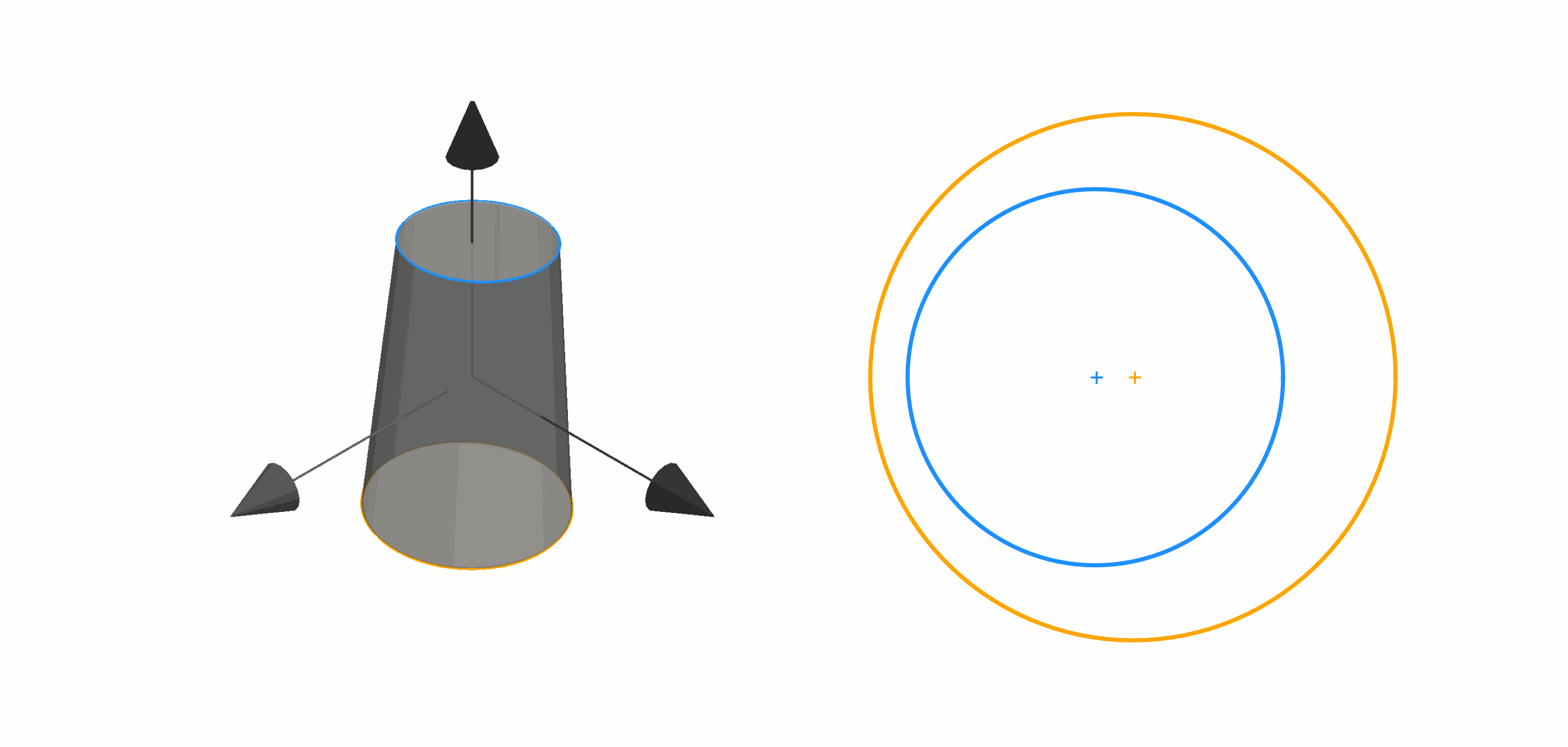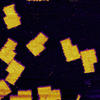The Nanostructure Fabrication and Measurement Group has established and is exploring a virtuous cycle of making and measuring nanostructures, with the goal of developing approaches that are broadly deployable in research and manufacturing. By creating and advancing methods to measure nanofabrication processes, we improve understanding and quality of nanostructure fabrication. We then apply accurate and precise nanostructures to make metrology methods as good as in the lab, as fast as in the fab. This positive feedback loop improves the theory and practice of fabrication processes, supports the development of novel device technologies, and enables new measurements at the nanometer scale. In this way, the Division creates new capabilities of accuracy and efficiency for nanotechnology and nanomanufacturing. Stakeholder needs inform a current focus on three application areas of production of photonic, electronic, and fluidic devices, innovation of microscopy methods, standards, and calibrations, and characterization of nanoparticle products and nanoplastic byproducts.
News and Updates
Projects and Programs
Awards
Contacts
Group Leader
-
(301) 975-2844
General Information
-
(301) 975-8004















